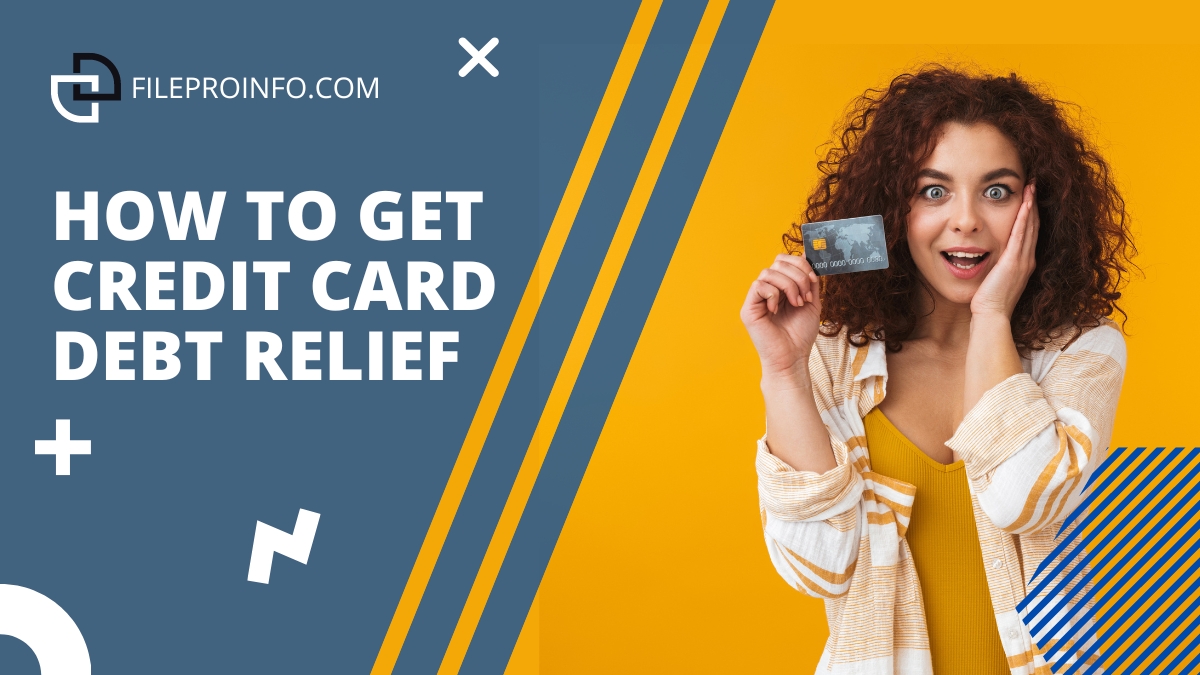
As consumer debt levels rise throughout the world, many are left wondering how to get credit card debt relief. While navigating the debt relief process can be difficult, there are some basic facts about the process every individual should know.
What Makes Credit Card Debt So Bad?
One of the worst parts about falling behind on a credit card bill is the high-interest rates charged by credit card companies. As a type of unsecured debt, meaning a debt not backed by an underlying asset, the risk of default is increased which allows the company to charge often excessive levels of interest.
For those that fall behind, the company can even increase the interest rate and charge extra fees. While it’s often promoted as a way to incentivize quick repayment, more often than not it leads to people falling further behind on their payments. So for those that do, what are debt relief programs that are available to help?
Debt Consolidation
For consumers with high levels of unsecured debt, debt consolidation might be one of the best available debt relief programs. The consolidation process involves an individual entering into an agreement with a creditor in which they agree to pay off the unsecured debt, while the individual agrees to pay the creditor at a lower interest rate.
This is a mutually beneficial arrangement that allows the individual to pay off their debt over a longer timeline and can provide much-needed relief. Those interested in a consolidation program should generally plan to pay off the debt in around 5 years. Also, being in such a program can result in rejection from other potential creditors during the duration.
Debt Settlement
Debt settlement is another type of debt management plan, but takes a different, and somewhat riskier, approach to reducing debt. When entering into debt settlement, an individual enlists the services of a debt settlement company to negotiate with their creditors on their behalf. To do this, the individual stops paying outstanding balances and instead directs that money toward a secured account designated by the organization they’re working with. Over the course of several years, the account will slowly grow, and when it reaches a sufficient size, the account is then used as leverage in negotiations with creditors. This can be a lengthy process but could result in hefty savings on behalf of the individual.
Credit Counseling
Another option available for consumers is known as credit counseling. Credit counseling services can provide an individual with important financial services like assisting in developing a personalized budget, money management advice, and finding programs designed to increase financial literacy. Certified counselors are trained in a variety of areas related to consumer debt, and can serve as a guide in your financial journey. They can also help you figure out what is debt relief programs. The most important thing to remember, however, is that it’s incredibly important to make sure that the organization you work with is reputable. Government sources are available that provide information on credit counseling agencies, so consumers can find out whether they’re dealing with one approved to assist with their financial situation they’re in.
Things to Remember
While debt settlement, consolidation, and credit counseling can be effective solutions to credit card debt, it’s always important to weigh the pros and cons of each program before making a commitment. Each individual financial situation is different, and the proper solution can vary wildly from person to person. But, if you were wondering how to get credit card debt relief, or what is debt relief programs, now you know.